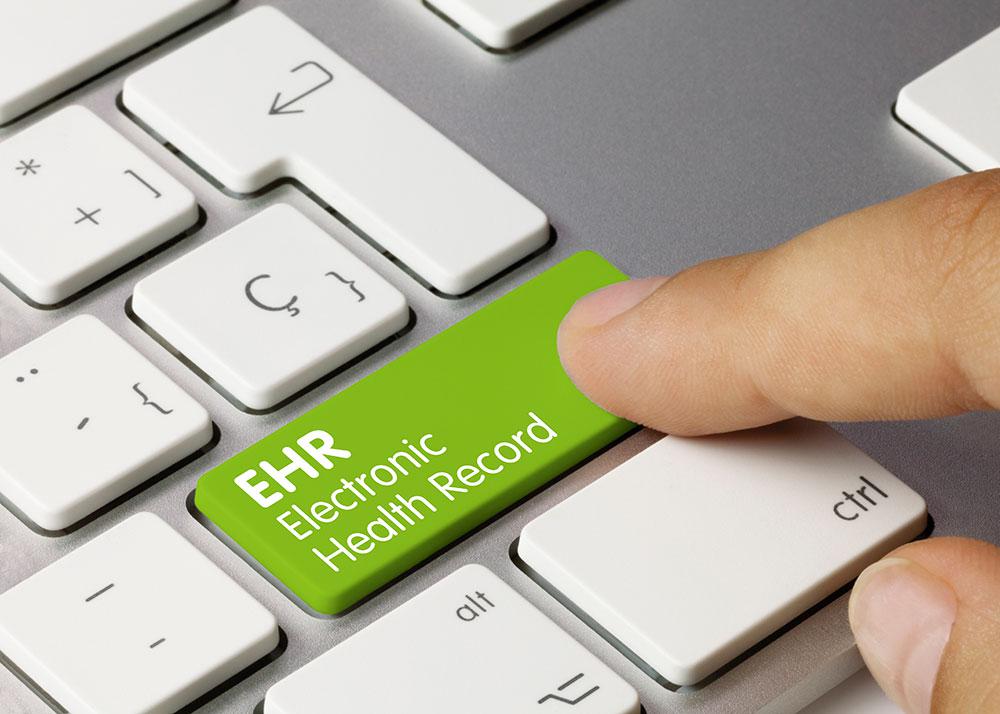Tools and Technology for RCM Metrics
 Revenue cycle management (RCM) metrics play a crucial role in monitoring and optimizing the financial performance of healthcare organizations. Various tools and technologies are available to assist in tracking and analyzing these metrics effectively. Here are some commonly used tools and technologies for revenue cycle management metrics:
Revenue cycle management (RCM) metrics play a crucial role in monitoring and optimizing the financial performance of healthcare organizations. Various tools and technologies are available to assist in tracking and analyzing these metrics effectively. Here are some commonly used tools and technologies for revenue cycle management metrics:
- Practice Management Systems (PMS): PMS software serves as the backbone of revenue cycle management by managing patient registration, scheduling, billing, and collections. It generates reports and provides key metrics related to financial performance, such as accounts receivable (AR) days, claim denial rates, and collection rates.
- Electronic Health Record (EHR) Systems: EHR systems capture and store patient health information electronically. They integrate with PMS software to facilitate seamless data exchange, improving the accuracy and efficiency of revenue cycle processes. EHRs often include reporting capabilities to track key revenue cycle metrics.
- Business Intelligence (BI) Tools: BI tools enable organizations to analyze and visualize revenue cycle data from multiple sources, providing in-depth insights and actionable information. These tools allow users to create customized dashboards, reports, and data visualizations to track metrics such as net collection rate, clean claim rate, and revenue by payer.
- Key Performance Indicator (KPI) Tracking Software: KPI tracking software helps organizations define, monitor, and measure performance against specific revenue cycle metrics. It provides real-time visibility into key indicators like average reimbursement per procedure, denial rate by payer, and days in accounts receivable.
- Revenue Cycle Analytics Platforms: Dedicated revenue cycle analytics platforms are designed to consolidate and analyze data from various systems, offering comprehensive insights into financial performance. These platforms leverage advanced analytics techniques, such as predictive modeling and machine learning, to identify trends, predict cash flow, and optimize revenue cycle operations.
- Claim Scrubbing and Editing Tools: These tools automate the process of checking claims for errors and inconsistencies before submission. They help identify and resolve coding and billing errors, reducing claim denials and improving revenue cycle efficiency.
- Performance Benchmarking Tools: Benchmarking tools allow organizations to compare their revenue cycle performance against industry standards or peer organizations. These tools provide benchmarking metrics, enabling organizations to identify areas for improvement and set performance goals accordingly.
- Data Analytics and Visualization Tools: Data analytics and visualization tools assist in extracting meaningful insights from large volumes of revenue cycle data. They enable organizations to identify patterns, trends, and outliers in their financial data, supporting data-driven decision-making.
- Revenue Integrity Solutions: Revenue integrity solutions focus on ensuring accurate charge capture, coding, and pricing practices. They employ advanced technologies and automation to prevent revenue leakage, reduce compliance risks, and optimize revenue performance.
- Revenue Cycle Consulting Services: In addition to software tools, organizations can also leverage consulting services from revenue cycle experts like Zymeda Provider Solutions. Zymeda provides industry expertise, conducts assessments, and offers recommendations to improve revenue cycle performance and metrics.
It's important to note that the specific tools and technologies employed for revenue cycle management metrics may vary based on the size and complexity of the healthcare organization, as well as its specific requirements and budget.


